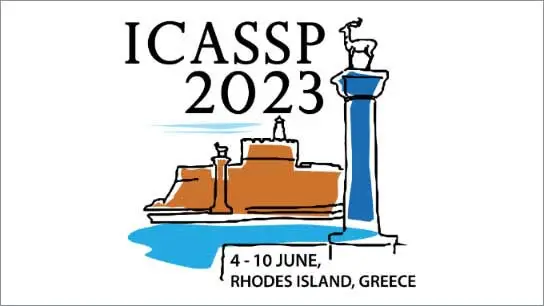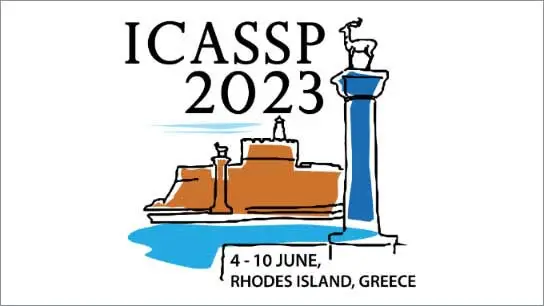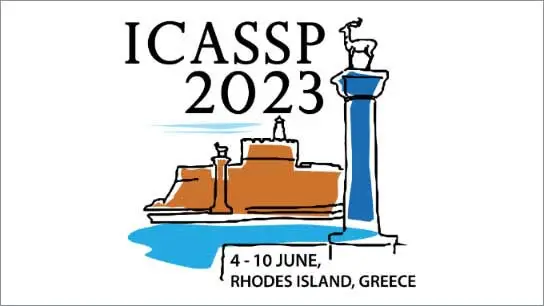NEURAL ARCHITECTURE SEARCH WITH MULTIMODAL FUSION METHODS FOR DIAGNOSING DEMENTIA
Michail Chatzianastasis (École Polytechnique ); Loukas Ilias (National Technical University of Athens); Dimitris Askounis (National Technical University of Athens); Michalis Vazirgiannis (École Polytechnique)
-
Members: FreeSPS
IEEE Members: $11.00
Non-members: $15.00
07 Jun 2023
Alzheimer’s dementia (AD) affects memory, thinking, and language,
deteriorating person’s life. An early diagnosis is very important as
it enables the person to receive medical help and ensure quality of
life. Therefore, leveraging spontaneous speech in conjunction with
machine learning methods for recognizing AD patients has emerged
into a hot topic. Most of the previous works employ Convolutional
Neural Networks (CNNs), to process the input signal. However,
finding a CNN architecture is a time-consuming process and requires
domain expertise. Moreover, the researchers introduce early and late
fusion approaches for fusing different modalities or concatenate the
representations of the different modalities during training, thus the
inter-modal interactions are not captured. To tackle these limitations, first we exploit a Neural Architecture Search (NAS) method
to automatically find a high performing CNN architecture. Next, we
exploit several fusion methods, including Multimodal Factorized Bilinear Pooling and Tucker Decomposition, to combine both speech
and text modalities. To the best of our knowledge, there is no prior
work exploiting a NAS approach and these fusion methods in the
task of dementia detection from spontaneous speech. We perform
extensive experiments on the ADReSS Challenge dataset and show
the effectiveness of our approach over state-of-the-art methods.



